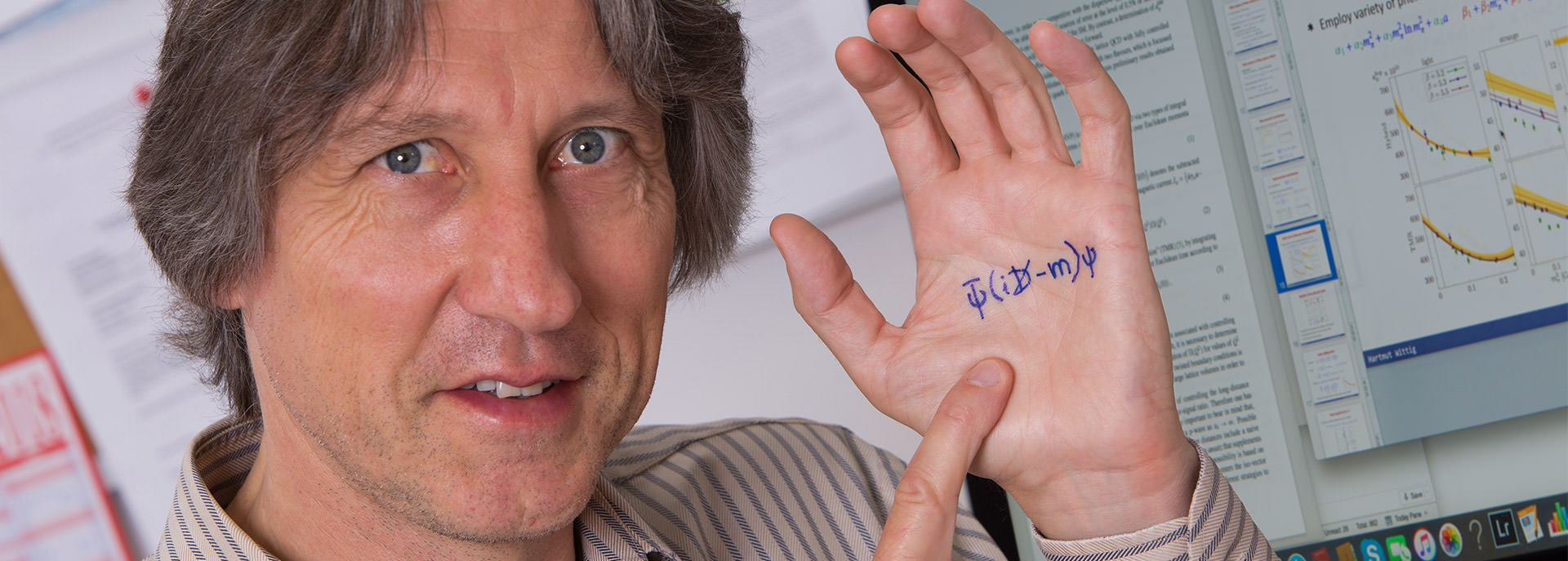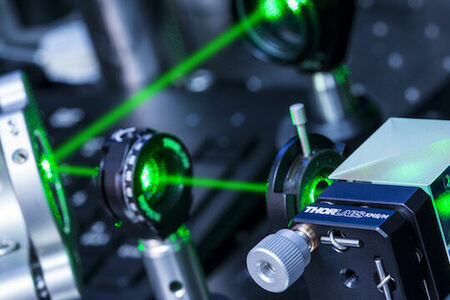Precision measurements of “exotic atoms” may soon be able to unravel the mystery of the forces that neutrinos mediate between matter and antimatter. Neutrinos are weakly-interacting, nearly massless particles that were originally proposed by Wolfgang Pauli in 1930 to explain outstanding anomalies in the decays of neutrons to protons. Prior to the discovery of the strong nuclear force in 1935, theorists briefly speculated that neutrino forces might be responsible for holding together the constituents of the nucleus.
There are four known types of interactions in nature – electromagnetic, strong, weak and gravitational. Neutrino forces fall into the category of weak forces. However, there is an important difference between weak forces arising from the exchange of a pair of neutrinos and the usual weak forces arising from the exchange of a single Z or W boson. The forces mediated by a heavy Z or W boson are classical in nature and only exert their influence over a distance roughly one-thousandth of the size of a typical nucleus. On the other hand, the forces mediated by nearly massless neutrinos are quantum in nature and can exert their influence over a distance at least one hundred billion times greater than Z and W bosons do.
Still, nobody has observed the effects of these “long-range” neutrino forces to date. One particularly promising way to observe such forces is by looking for their effects on the energy levels of muonium atoms, which are “exotic atoms” consisting of an electron bound to an anti-muon. The presence of “long-range” neutrino forces would slightly shift the energy levels in muonium (by about one part in ten billion), compared to the energy level spacings expected from the purely electromagnetic interactions between the electron and anti-muon (which are much larger and well understood). Seeing the effects of neutrino forces would be a spectacular confirmation of a remarkable prediction of the Standard Model.
Further reading:
Yevgeny V. Stadnik, Probing Long-Range Neutrino-Mediated Forces with Atomic and Nuclear Spectroscopy, Physical Review Letters 120, 223202 (2018).
https://journals.aps.org/prl/abstract/10.1103/PhysRevLett.120.223202



